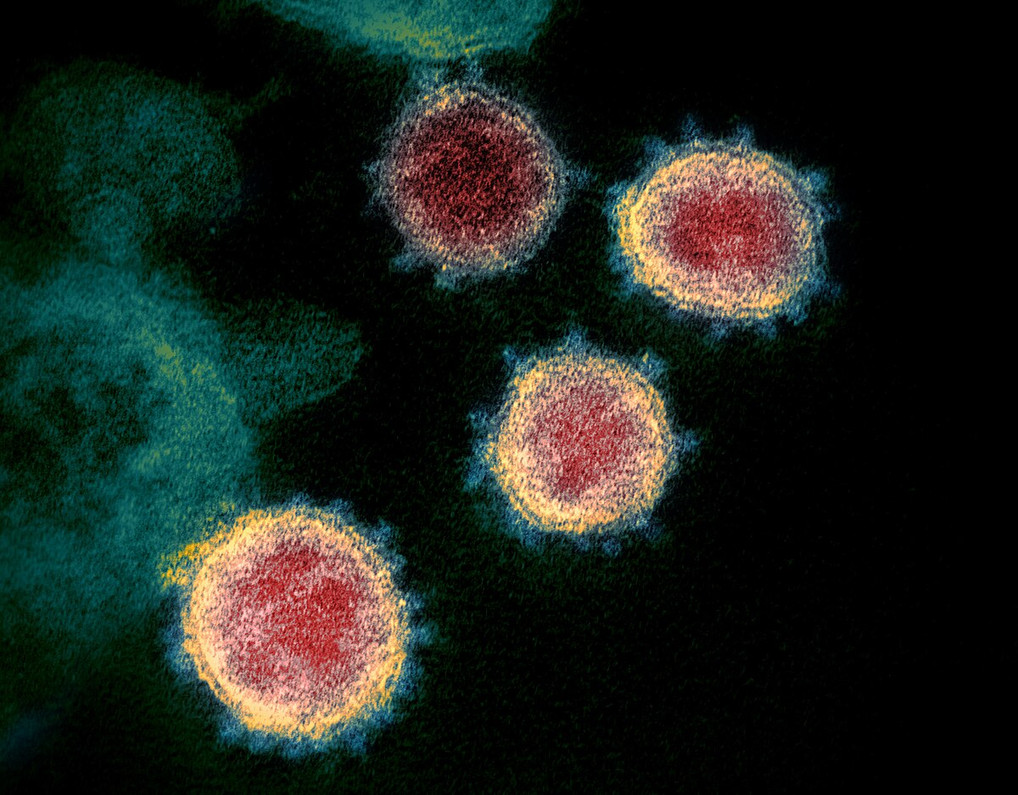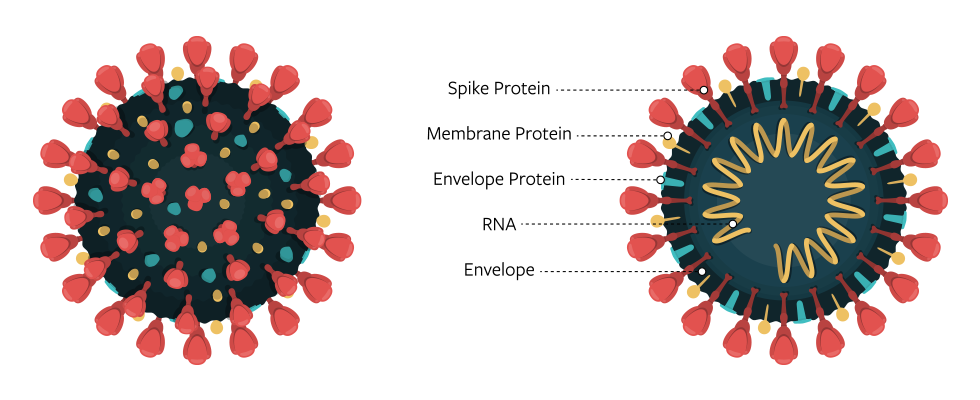Understanding SARS-CoV-2: Unraveling the Mysteries of a Global Pandemic
Introduction:
In human history, few events have left as indelible a mark as the emergence of SARS-CoV-2, the novel coronavirus responsible for the COVID-19 pandemic. As the world grapples with the far-reaching consequences of this infectious agent, it becomes increasingly crucial to understand the intricacies of its biology, transmission, and impact on public health.
Unraveling the Origins of SARS-CoV-2:
The story of SARS-CoV-2 begins in the city of Wuhan, China, where cases of a mysterious respiratory illness first emerged in late 2019. Through rigorous scientific investigation, researchers traced the virus's lineage to a novel betacoronavirus closely related to other coronaviruses found in bats. Genetic sequencing revealed key mutations that enabled SARS-CoV-2 to infect humans and spread rapidly across the globe, igniting a pandemic of unprecedented scale.
The Biology of SARS-CoV-2:
SARS-CoV-2 belongs to a family of enveloped RNA viruses known for their distinctive crown-like appearance under electron microscopy. The virus enters human cells by binding to angiotensin-converting enzyme 2 (ACE2) receptors, primarily found on the surface of respiratory epithelial cells. Once inside the cell, SARS-CoV-2 hijacks the host's cellular machinery to replicate its genetic material, leading to the production of viral progeny and the onset of COVID-19 symptoms.
Transmission Dynamics:
The transmission dynamics of SARS-CoV-2 are complex and multifaceted, driven by factors such as population density, social behavior, and public health interventions. The virus primarily spreads through respiratory droplets expelled when an infected individual coughs, sneezes, or speaks. Close contact with infected individuals and exposure to contaminated surfaces also contribute to transmission. Asymptomatic and presymptomatic individuals can unknowingly spread the virus, posing significant challenges to containment efforts.
Public Health Response:
The global response to the COVID-19 pandemic has been unprecedented in scale and scope. Public health measures such as widespread testing, contact tracing, quarantine, and vaccination campaigns have played a crucial role in mitigating the spread of SARS-CoV-2 and reducing the burden on healthcare systems. International collaboration and scientific innovation have led to the rapid development of vaccines and therapeutics, offering hope for an eventual end to the pandemic.
Challenges and Future Directions:
Despite significant progress, challenges remain on the road to overcoming the COVID-19 pandemic. Emerging variants of SARS-CoV-2 with increased transmissibility or resistance to existing vaccines underscore the importance of ongoing surveillance and adaptation of public health strategies. Addressing vaccine hesitancy, ensuring equitable access to vaccines, and bolstering healthcare infrastructure in vulnerable communities are critical priorities as we navigate the evolving landscape of COVID-19.
Conclusion:
The COVID-19 pandemic has reshaped our world in profound and unforeseen ways, underscoring the interconnectedness of global health and the imperative of collective action in the face of emerging infectious threats. As we continue to confront the challenges posed by SARS-CoV-2, let us draw upon the lessons learned from this crisis to build a more resilient and prepared future, where science, solidarity, and compassion prevail in the fight against infectious disease.
Recent Posts
-
Understanding SARS-CoV-2: Unraveling the Mysteries of a Global Pandemic
Introduction: In human history, few events have left as indelible a mark as the emergence of …13th Mar 2024 -
Corona Research Products
15th Feb 2014



